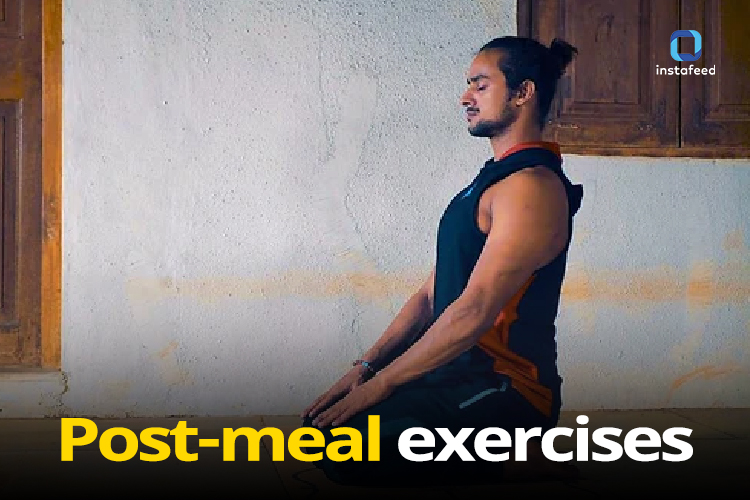All the information on post-meal exercises. Benefits and side effects.
After meal exercises have shown to have brought down blood glucose control and helps in preventing hyperglycemia in the elderly, it also improves insulin production and prevents postprandial glucose spikes, it also brings down risk of cardiovascular disea

If one exercises after dinner then it is beneficial to their health as it strengthens muscles, keeps body fit and improves circulation. Physical activity for specific health conditions are generally more focused on the duration, intensity and frequency of exercise but not the time one is doing.
Suitable Exercises for Post-Meal Physical Activity
One can do moderate-intensity exercises like walking, stair-climbing, and yoga as post-meal exercises. After meals our body gets involved in digesting the food hence blood gets shifted from muscles to organs involved in digestion and post-meal exercises redirect the blood flow to muscles that provide energy and improves muscle strength.
Timing Considerations for Post-Meal Exercises
One can perform these exercises almost an hour after having breakfast and if one plans to workout after lunch than they should wait for 3-4 hours. There are exercises that can be done immediately after having a meal like brisk walking or yoga. The 5 yoga poses are Vajraasana, Gomukhasana, Ardha Chandraasana, seated Spinal Twist and wide knee child pose.
Potential Side Effects of Exercising After Meals
After meal exercises have shown to have brought down blood glucose control and helps in preventing hyperglycemia in the elderly, it also improves insulin production and prevents postprandial glucose spikes, it also brings down risk of cardiovascular diseases. Side effects of post-meal exercise can be vomiting, nausea, stomach ache and fatigue.







